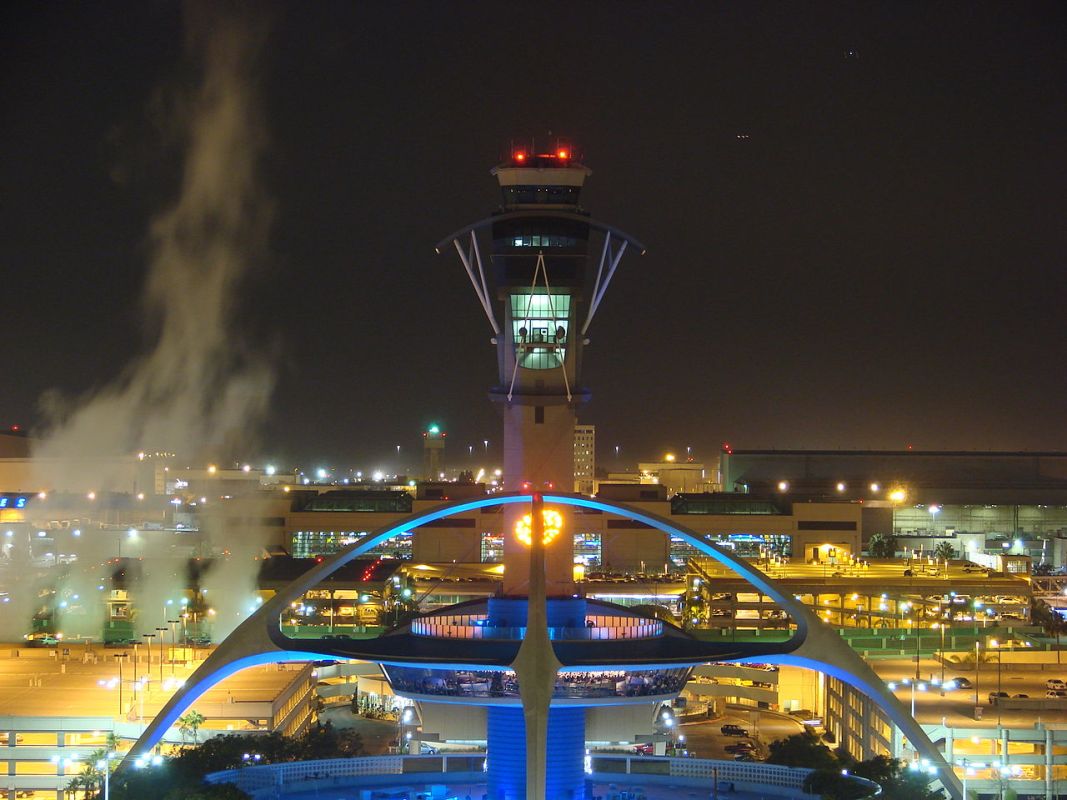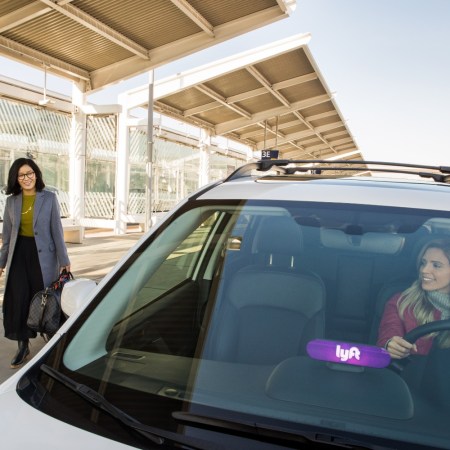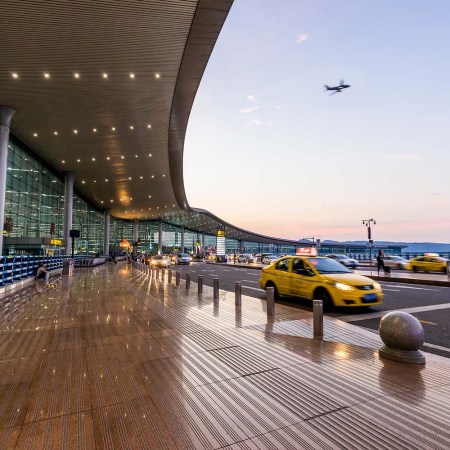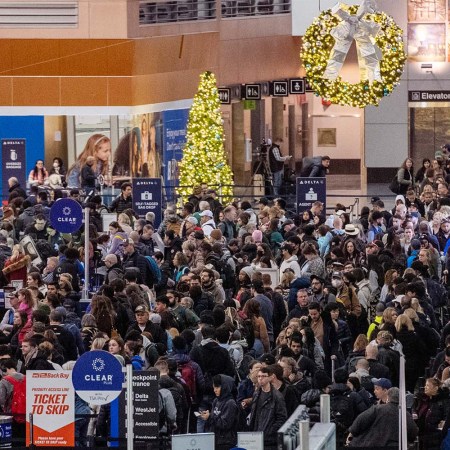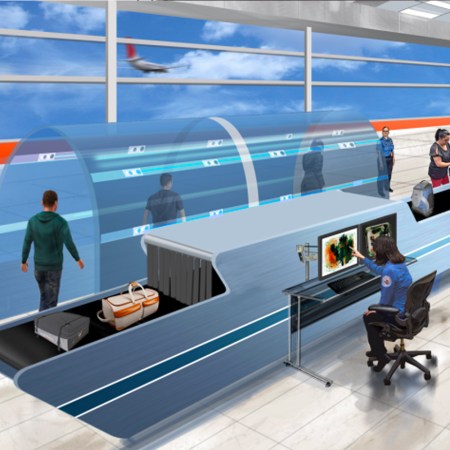In the last few years, the rising popularity of rideshare companies such as Uber and Lyft have complicated airport design. This complexity is likely familiar to anyone who’s taken an Uber or Lyft at an airport. For some heavily trafficked airports, policies governing rideshare hailing are in a constant state of flux. This is including, but not limited, to where you might go to get picked up: at a terminal? At a wholly different location? The only constant here is change.
A new article at Autoblog explores the ways in which rideshare drivers deal with potentially onerous guidelines from airports — including those that might keep them in a waiting area for prolonged periods of time. As the article notes, some drivers have made inventive use of phones to work around these guidelines — including maintaining multiple phones to use for their business.
The article outlines a scenario in which a driver might drop a passenger off at an airport and then give one phone to a colleague who would hold their place in a virtual line at the airport.
By utilizing this second-phone method, drivers were able to remain in the airport’s virtual queue system on one service, like Lyft, while freeing themselves up to do other trips on Uber outside of the airport. The guy they paid to hold their phones physically at the airport would give them a call when it looked like their number would be up within the next hour. Then they would head back to the airport and hopefully get a long trip.
Obviously, this is a method that might work differently depending upon the airport — but it’s a fascinating look at one inventive way drivers are navigating through a complex system.
Subscribe here for our free daily newsletter.
Thanks for reading InsideHook. Sign up for our daily newsletter and be in the know.
